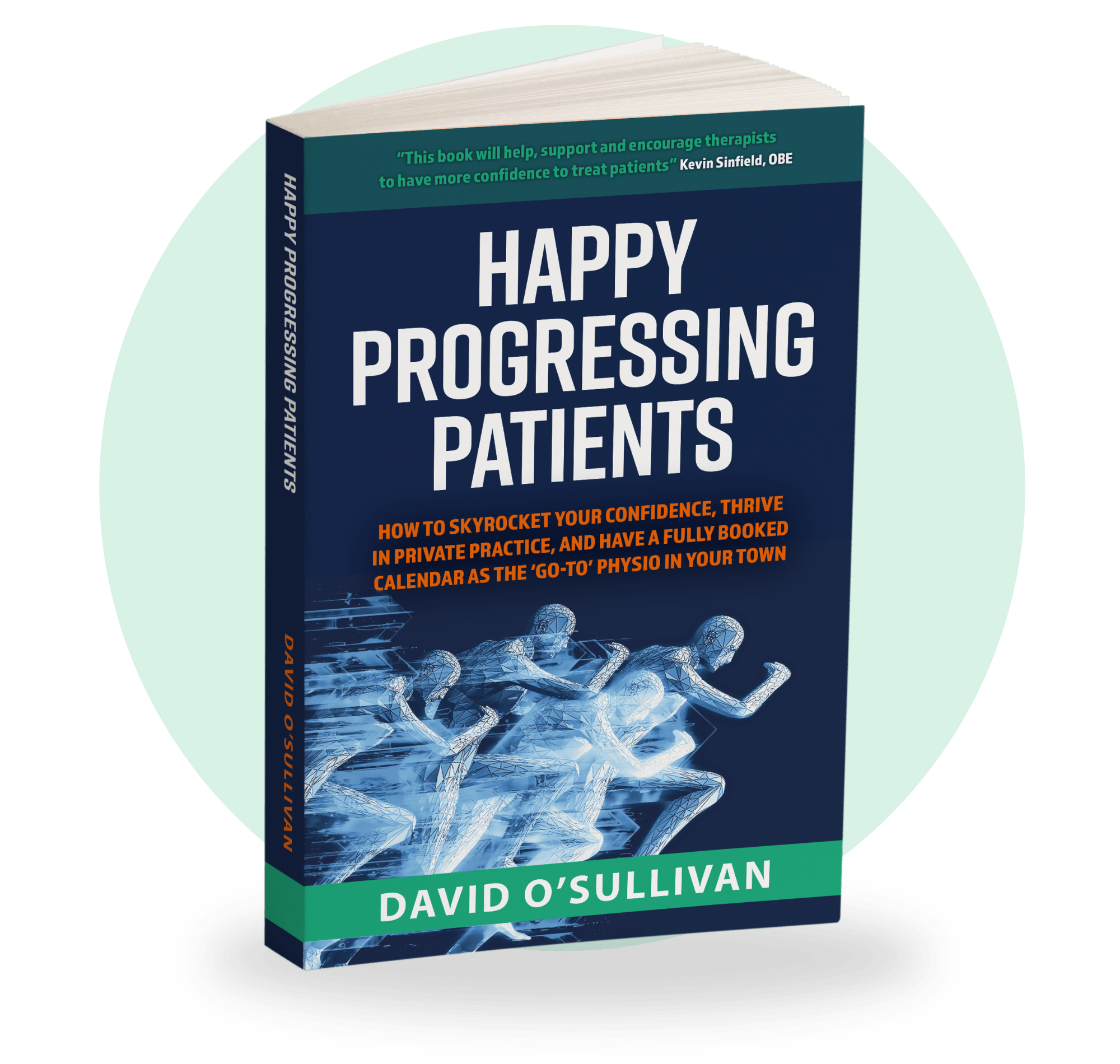
Feeling Rushed In Sessions & The Power Of A Step By Step System
I remember my first few years treating in private practice were hard. Some patients would be straight forward, but then I’d get the odd one that’s a little bit more tricky and that would throw me for the day. Even when I used to have 45 minute follow-up appointments, sometimes for the trickier patients that wasn’t enough. I’d run 5 minutes over trying “one more thing” as I wasn’t happy that I had made as much progress as I would have liked by the end of the 45 minutes.
Fast forward to today and I don’t get that feeling of overwhelm. Even though all of my appointments are down to 30 minutes, I never feel rushed. So what’s changed?
The single most important thing for me is the step-by-step progressive system. Using this system gives me complete focus on what I need to achieve during the treatment session. Each session is simply working to get to the next step. I don’t pressurise myself to try to fix everything in one session (and in reality do a half job on a lot of things). Instead, I focus wholly on taking the patient to the next step on the treatment plan (but do this job fully to the best of my ability).
Feeling rushed is bad for your health. It sucks the joy out of your day and puts you under pressure, exacerbating stress and all of the negative knock on effects that can have. So how do you implement a step-by-step system?
I’ve written a previous blog about how to design the step-by-step treatment plan specific for your patient. Once you have the plan, the other important thing you need to do is set expectations. You need to set expectations with yourself about realistically what you want to get out of the session, and realistic with your patient about how they are going to progress week to week. I’ve written a blog post this in the past also.
If you can give yourself a step-by-step plan, know exactly what you want to achieve in the session and how to do it, and set expectations with your patient, you should not feel rushed in your treatment sessions. These days 30 minutes is plenty of time for me to catch up on the patient’s progress, perform my objective assessment, treat what I need to treat, and still spend 10-15 minutes on rehab throughout the session.
“By using a structured assessment process, I can find the specific tissues I need to treat quickly, and I have the tools to allow me to know when I’ve done enough and I get to the next stage of rehab. In the video above, I break down one of the ways I assess the adductor group. By breaking down movements such as this I can really pinpoint exactly which parts of the tissue(s) to treat to accelerate my treatment times and maximise my results.”
It’s not about working harder, it’s about working smarter.
As always, let me know what you think!
Dave
Get Your FREE Copy Of The Amazon #1 Bestseller That Holds The Secret To Confidently Treating Any Patient!
Download a Free ‘ebook’ copy of the 8-Step ‘World Cup’ Treatment Plan that helped my private patients achieve full recovery and made me a ‘go-to’ physio for complex cases…
